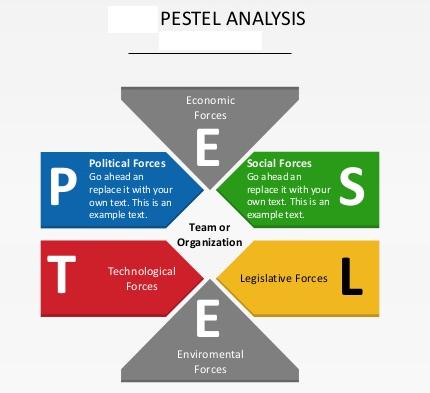Situational Leadership Model is an Extension of Behavioral Leadership Theory. The primary work of the behavioral leadership theorists stressed on leaders’ actions rather than their traits. It identified two different leader behaviors – (1) initiating structure and (2) consideration.
This comprise two main dimensions of leader behavior. The behavioral theorists went on to identify particular circumstances in which either consideration or initiating structure would incline to have more positive effects on employee performance and job satisfaction. However, the behavioral model inclines to ignore the situation in which the leader is operating the business.
Situational Leadership Model: The Situational Leadership Model begins where the behavioral model goes apart. Rather than try to pinpoint the leadership characteristics that apply in maximum situations, this model, as a contingency theory. They tried to identify how a situational variable made combinations of the specific leadership behaviors more or less effective.
In the Situational Leadership Model, initiating structure is denoted as task behavior and consideration is denoted as relationship behavior. These dimensions can independently differ from low to high, creating a four quadrant model of probable leadership styles.
These styles are denoted as telling, selling, participating and delegating. The situational variable of follower readiness (defined as the subordinate’s ability and willingness to perform the prescribed tasks) is used to identify the appropriate leadership style in the context of that one situational variable.
Thus, the situational leadership model builds upon and encompasses the earlier work of the behavioral leadership theorists by showing how the two main dimensions of leadership behavior can be varied to promote greater leader effectiveness, given a specific set of characteristics on the part of subordinates.
In this process, it has served as a decision making tool for many managers trying to determine which leadership approach would be most effective for them to use in a given situation under work.



